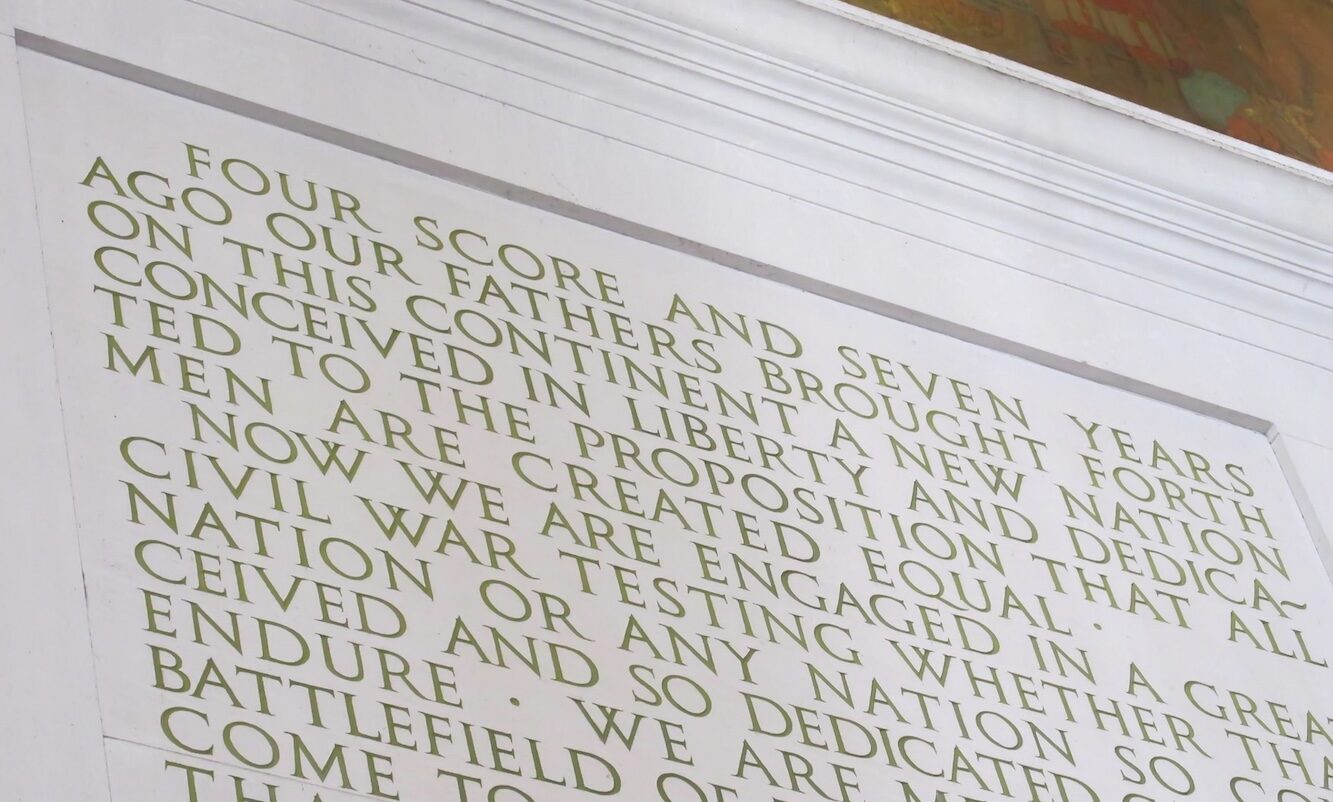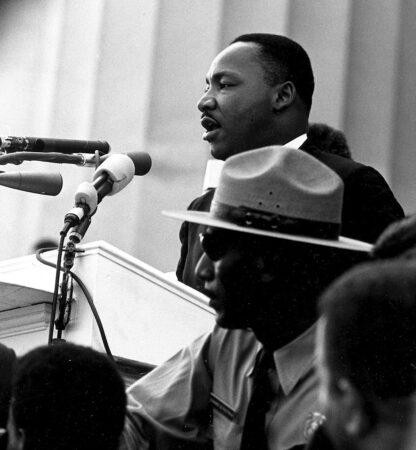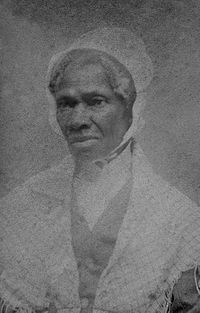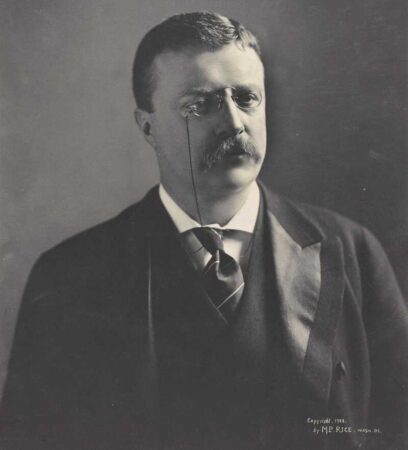
People use rhetorical devices in speeches and in other forms of writing in order to create a particular effect on their audience. Understanding these devices and rhetorically analyzing a text allows you to see its true purpose; as such, rhetorical analysis is a necessary skill to develop in high school ELA courses.
One of the best ways to teach and learn rhetorical devices is through looking at speeches! Because rhetoric is used to influence an audience, it is an invaluable tool for persuasive writing and speaking. Let’s dive into rhetorical devices and 6 of the best speeches that use rhetorical tools.
What are Rhetorical Devices?
Rhetorical devices are the stylistic tools that writers use in order to influence their audience. They can attribute emphasis to certain ideas or influence the tone of the writing (for that reason, rhetorical devices are exceptionally effective in poetry).
Together with rhetorical appeals (ethos, pathos, and logos) and figurative language (similes, metaphors, hyperbole, etc.), stylistic rhetorical devices are instrumental in persuasive writing. Each device has its own effect, and writers of speeches use them tactfully to help persuade their audience. This article will focus on the following stylistic rhetorical devices:
1. Alliteration
Likely the most commonly known rhetorical device, alliteration is the repetition of the same beginning sound across several words. Alliteration is the backbone of many tongue twisters and catchy phrases:
Example: “Even elephants enjoy eating eggs every day.”
In persuasive writing, it’s a bold way to add emphasis to certain words. Consider the way that many companies opt for an alliterative name to add extra emphasis and catchiness:
Example: American Airlines, PayPal, Kit Kat…
2. Anaphora
Anaphora is the repetition of the same words at the beginning of successive clauses, phrases, or sentences.
Example: “Give me liberty or give me death.” (Patrick Henry)
Another star of nursery rhymes and silly sayings, anaphora adds rhythm and style to a sentence. In literature and speechwriting, anaphora is used to add special emphasis to a phrase.
3. Assonance
Assonance is the repetition of the same vowel sounds throughout a sentence/line of text.
Example: “O Romeo, Romeo, wherefore art thou Romeo?” (William Shakespeare, Romeo and Juliet)
Sometimes referred to as “vowel rhyme”, assonance adds rhythm to a sentence and helps the writer/speaker develop a text’s particular mood. Notice how the “o” sound repetition above develops a woeful ambiance.
(Plus, to pronounce “o” you must purse your lips—by creating this assonance with “o”, Shakespeare is having Juliet purse her lips as she calls out for Romeo, as if she’s blowing a kiss. See how rhetorical devices can convey hidden meanings?)
4. Consonance
Consonance is the repetition of consonant sounds throughout words (particularly when the vowels are different).
Example: “The uncertainty of the sources has caused despair.”
Like assonance, consonance is used to add rhythm and develop the mood of a piece. Consonance is also an effective tool to add emphasis in a subtler way than alliteration.
5. Parallelism
Parallelism is the repetition of the same grammatical structure in the same sentence or throughout multiple sentences.
Example: “Where there is smoke, there is fire.”
Writers use parallelism to connect ideas, add emphasis, and develop rhythm. You can think of parallelism as the use of a “template” for a repeated phrase, with blanks that are filled in with certain words that the author wants to emphasize.
6. Antithesis
Antithesis is the juxtaposition of two contrasting ideas, often in the same grammatical structure.
Example: “Give a man a fish, and you feed him for a day. Teach a man to fish, and you feed him for a lifetime.”
Antithesis is a type of parallelism that has a particular focus on contrasting ideas, indicating strong emotions and opposition. Writers often use antithesis to convey ideas that involve a distinct choice between two different ideas.
Like the example above: “____ a man __ fish, and you feed him for a _____.” The creator of this proverb uses the stark contrast between “a day” and “a lifetime” to emphasize the value of teaching someone the skills needed to feed themself over feeding them yourself.
7. Onomatopoeia
Onomatopoeia is a word that sounds like what it’s named after.
Example: Tick tock, moo, thud, squeak…
Most often used in writing or speeches that have a lighter tone, onomatopoeia indicates the sound of an object or creature being described. For instance, many advertisements say “tick tock!” to indicate that a sale is limited time.
Note: If you ever have trouble finding rhetorical devices in speeches, read the text aloud! Speeches are meant to be read aloud, and rhetorical devices will stand out to your ears.
Rhetorical Analysis of “I Have a Dream”

Martin Luther King Jr., delivering the “I Have a Dream” speech.
One of the most influential speeches in history is Dr. Martin Luther King Jr.’s “I Have a Dream”, spoken on the steps of the Lincoln Memorial during the August 28, 1963 March on Washington. This speech is a literary monument of the Civil Rights era, addressing the unjustly unequal treatment of Black Americans and calling for all Americans to peacefully act against it.
As such, “I Have A Dream” is one of the best speeches to teach rhetorical devices due to its historic significance and effective rhetoric. Here are some quotes from “I Have a Dream” in which Dr. Martin Luther King Jr. uses rhetorical devices to persuade his audience, illustrating the topics we dove into above.
“One hundred years later…”
“[The Emancipation Proclamation] came as a joyous daybreak to end the long night of [slave’s] captivity. But one hundred years later, the Negro still is not free. One hundred years later, the life of the Negro is still sadly crippled by the manacles of segregation and the chains of discrimination. One hundred years later, the Negro lives on a lonely island of poverty in the midst of a vast ocean of material prosperity. One hundred years later, the Negro is still languished in the corners of American society and finds himself an exile in his own land.”
King begins “I Have a Dream” by reflecting on the Emancipation Proclamation, which was signed 100 years before (on January 1, 1863), followed by this quote. He uses both anaphora and parallelism by repeating “One hundred years later” at the beginning of each sentence, followed by descriptions of the present-day experiences of Black Americans. By placing special emphasis on “One hundred years later”, he illustrates that it had been a full century since slavery was abolished, but Black Americans still did not have the same freedoms as white Americans.
Consonance to Convey Urgency
“It would be fatal for the nation to overlook the urgency of the moment. This sweltering summer of the Negro’s legitimate discontent will not pass until there is an invigorating autumn of freedom and equality.”
In the second sentence of this quote, King uses two different kinds of consonance to convey the urgency of the situation. He repeats the “s” sound in the first half: “This sweltering summer of the Negro’s legitimate discontent…”; then, his consonance switches to the “d”/”t” sound: “invigorating autumn of freedom and equality.” The part of the sentence with “s” consonance contextualizes the current moment, while the part with “d”/”t” consonance is the hopeful future.
The civil rights movement had been cultivating for decades prior to the March on Washington, which is one of its defining moments. King’s use of consonance develops an urgent mood, conveying this strong movement that had been building and culminating in that moment (the sweltering summer). Then, he shifts the consonance to a different consonant sound, shifting the mood to illustrate the shift in progress he is hoping for (the invigorating autumn of freedom and equality), emphasizing that the movement will continue until there is progress.
Assonance with “We”
“But there is something that I must say to my people, who stand on the warm threshold which leads into the palace of justice: In the process of gaining our rightful place, we must not be guilty of wrongful deeds. Let us not seek to satisfy our thirst for freedom by drinking from the cup of bitterness and hatred.”
In this quote, Martin Luther King Jr. urges his audience not to give into hatred in response to the discrimination they face. He uses assonance to emphasize one key phrase within the quote: “we must not be guilty of wrongful deeds”. When read aloud, the “ee” sound stands out boldly, drawing special attention to those particular words while developing a tone of togetherness.
More “I Have a Dream” Rhetorical Analysis Prompts:
There is so much more to discover when it comes to the language of “I Have a Dream”. If you need a jumping-off point for your own rhetorical analysis, try these guiding questions:
- Shortly after the first quote we explored, Martin Luther King Jr. uses the metaphor of “cashing a check”. What does he illustrate through this metaphor and how? Why a check?
- King uses anaphora many times in “I Have a Dream”, such as with “Now is the time”, “With this faith”, and, of course, “I have a dream”. Pick one instance in which he uses anaphora and analyze it.
- What is the significance of the song near the end of the speech? Which rhetorical devices are used in the song?
Famous Speeches with Rhetorical Devices
All speeches use some kind of rhetorical devices (between the stylistic tools we explored above, figurative language, and rhetorical appeals) because they are effective tools to verbally convey ideas and persuade an audience. These are some of the most influential and famous speeches—by looking at the rhetorical devices in speeches like these, you can see how the speechwriters and/or speakers used these devices to shape history.
“Speech to the Troops at Tilbury”, Queen Elizabeth I (August 9, 1588)
The ruler of England from 1558 to 1603, Queen Elizabeth I led England through foreign policy conflicts such as the Nine Years’ War in Ireland and the threat of the Spanish Armada. Her “Speech to the Troops at Tilbury” was delivered to the English troops defending the country against a looming, expected invasion by the Spanish Armada.
“I know I have the body of a weak and feeble woman; but I have the heart and stomach of a king, and of a king of England too…”
(Elizabeth I’s speech includes repetition, strong appeals to her troops’ emotions, and this metaphor that strengthens her authority as a woman in power.)
“Gettysburg Address”, Abraham Lincoln (November 19, 1863)
Four months after the Battle of Gettysburg (the Civil War’s deadliest battle), Abraham Lincoln delivered the Gettysburg Address at the dedication of the Gettysburg National Cemetery. A very brief set of remarks, the Gettysburg Address wasn’t even scheduled to be the primary speech of the ceremony, and its precise wording is different in each of the manuscripts written by Lincoln. Despite this, it is one of the most prominent speeches in American history, securing itself as one of our short speeches to teach rhetorical devices.
“…We can not dedicate—we can not consecrate—we can not hallow—this ground.”
(Lincoln begins the final paragraph of his speech with anaphora.)
“Ain’t I a Woman?”, Sojourner Truth (May 29, 1851)
 An influential abolitionist and champion for the rights of Black women, Sojourner Truth extemporaneously delivered her “Ain’t I a Woman?” speech in 1851 at the Women’s Convention in Akron Ohio. The central idea behind this speech is that Black women are not given the same respect as white women because of their race, despite many of them being mothers. Looking into Truth’s unscripted oration can show she conveyed her ideas with the help of rhetoric to make such a powerful impact towards intersectional feminism.
An influential abolitionist and champion for the rights of Black women, Sojourner Truth extemporaneously delivered her “Ain’t I a Woman?” speech in 1851 at the Women’s Convention in Akron Ohio. The central idea behind this speech is that Black women are not given the same respect as white women because of their race, despite many of them being mothers. Looking into Truth’s unscripted oration can show she conveyed her ideas with the help of rhetoric to make such a powerful impact towards intersectional feminism.
“That man over there says that women need to be helped into carriages, and lifted over ditches, and to have the best place everywhere. Nobody ever helps me into carriages, or over mud-puddles, or gives me any best place! And ain’t I a woman?”
(Truth uses various types of repetition to convey her ideas and strengthen her emotional appeals.)
“I Will Fight No More Forever”, Chief Joseph (October 5, 1877)
The Nez Perce were forcibly displaced from their ancestral lands in eastern Oregon by the United States in the late 19th century. Under pressure to relocate, this indigenous tribe split into two groups—those who accepted the relocation to a reservation in Idaho, and those who would flee to fight for their land and freedom.
On June 15, 1877, Chief Joseph and others led 750 Nez Perce in an attempt to find a new sanctuary, but they were pursued by U.S. troops for months. They finally surrendered on October 5, when Chief Joseph gave his speech, “I Will Fight No More Forever”.
“Our chiefs are killed; Looking-glass is dead. Too-hul-hul-suit is dead. The old men are all dead. It is the young men, now, who say ’yes’ or ’no’. He who led on the young men is dead.”
(Like the other extemporaneous speakers in this collection, Chief Joseph’s use of repetition and strong emotional appeals convey his anguish and urgency to save who is left of his people.
“Citizenship in a Republic”, Theodore Roosevelt (April 23, 1910)
 Theodore Roosevelt delivered his “Citizenship in a Republic’‘ address in 1910 at the Sorbonne University in Paris, France. Also known as his “Man in the Arena” speech, Roosevelt stresses the importance of active citizenship as a responsibility that everyday people have. He also creates a sizable distinction between the critic and the “man in the arena”, an individual who steps up to participate in public life and politics.
Theodore Roosevelt delivered his “Citizenship in a Republic’‘ address in 1910 at the Sorbonne University in Paris, France. Also known as his “Man in the Arena” speech, Roosevelt stresses the importance of active citizenship as a responsibility that everyday people have. He also creates a sizable distinction between the critic and the “man in the arena”, an individual who steps up to participate in public life and politics.
This speech is lengthy and Roosevelt conducts a thorough analysis of the topic of active citizenship. He uses rhetorical devices tactfully to apply greater emphasis to certain ideas.
“The children of their successors and supplanters, and then their children and their children and children’s children, change and develop with extraordinary rapidity. The conditions accentuate vices and virtues, energy and ruthlessness, all the good qualities and all the defects of an intense individualism, self-reliant, self-centered, far more conscious of its rights than of its duties, and blind to its own shortcomings.”
(Roosevelt uses several instances of alliteration to add rhythm to his speech and emphasize the ideas he joins together—”successors and supplanters…vices and virtues…)
Upgrade your Reading Comprehension and Writing Skills with Piqosity
Now that you have some examples, look for rhetorical devices in speeches on your own! Rich with literary tools and historical context, speeches help students learn how to recognize, analyze, and effectively use rhetorical devices to persuade an audience. Also, keep in mind: in addition to the stylistic tools we took a look at in this article, appeals (ethos, pathos, logos) and figurative language are just as important to understand when it comes to rhetorical analysis.
If you’re struggling with concepts like rhetorical analysis or looking for ways to improve your English skills, Piqosity’s here to help! Alongside our SAT and ACT test prep courses, we offer full online English courses, each including dozens of concept lessons, personalized practice software, and over 100 reading comprehension passages—including two full novels per course!
- 5th Grade ELA Course
- Alice’s Adventures in Wonderland, Lewis Carroll
- The Secret Garden, Frances Hodgson Burnett
- 6th Grade ELA Course
- The Adventures of Tom Sawyer, Mark Twain
- A Christmas Carol, Charles Dickens
- 7th Grade ELA Course
- A Midsummer Night’s Dream, William Shakespeare
- Little Women, Louisa May Alcott
- 8th Grade ELA Course
- The Hound of the Baskervilles, Arthur Conan Doyle
- Oliver Twist, Charles Dickens
- 9th Grade ELA Course
- Romeo and Juliet, William Shakespeare
- The Adventures of Huckleberry Finn, Mark Twain
- 10th Grade ELA Course
- Frankenstein, Mary Shelley
- Pride & Prejudice, Jane Austen
- 11th Grade ELA Course
- The Great Gatsby, F. Scott Fitzgerald
- Narrative of the Life of Frederick Douglass, an American Slave, Frederick Douglass
The best part? You can try out all of Piqosity’s features with our free community account, which feature a free mini diagnostic exam to evaluate your current ELA skills. When you’re ready to upgrade, Piqosity’s year-long accounts start at only $89. Plus, get a 10% off coupon just by signing up for our mailing list!
More Educational Resources by Piqosity:


